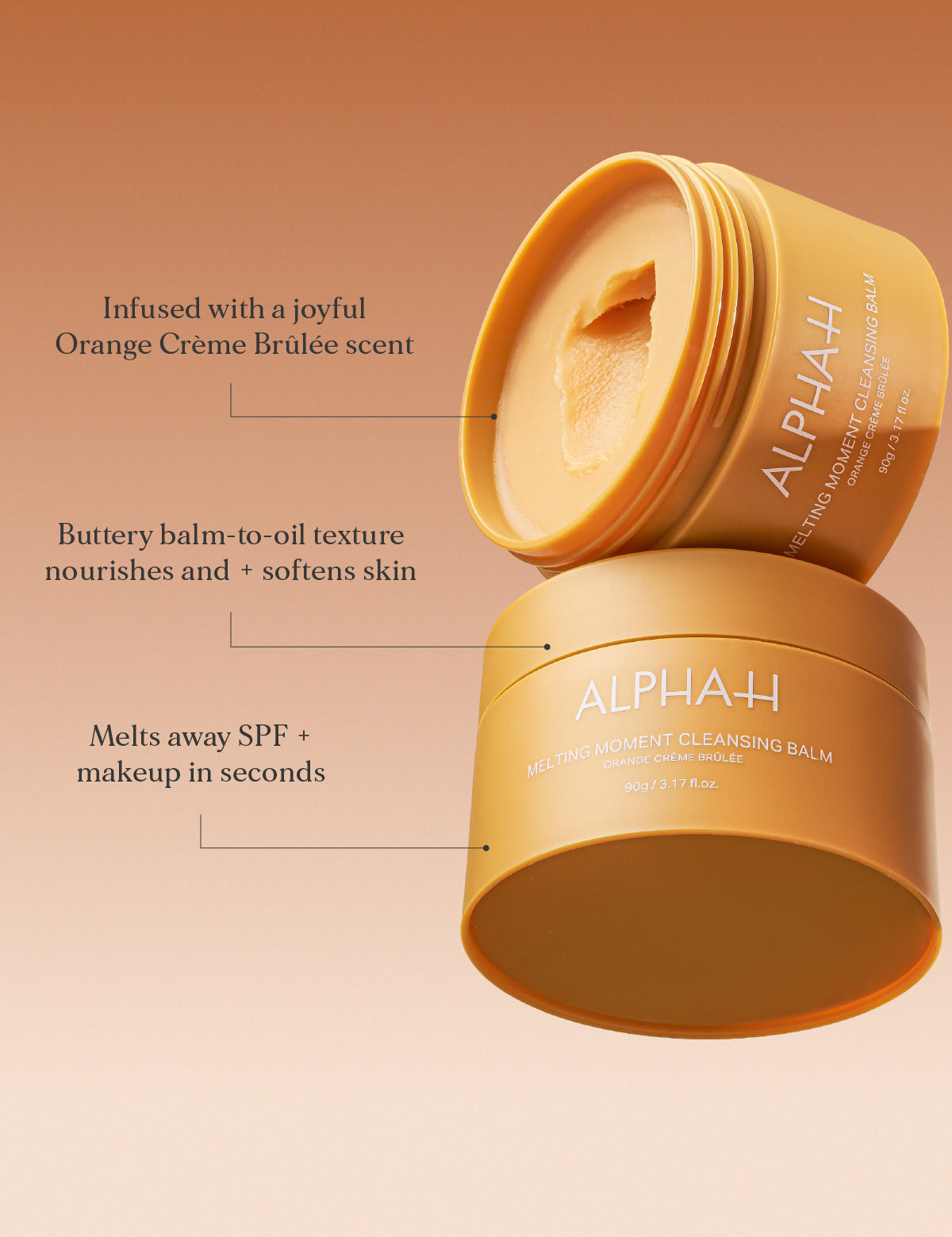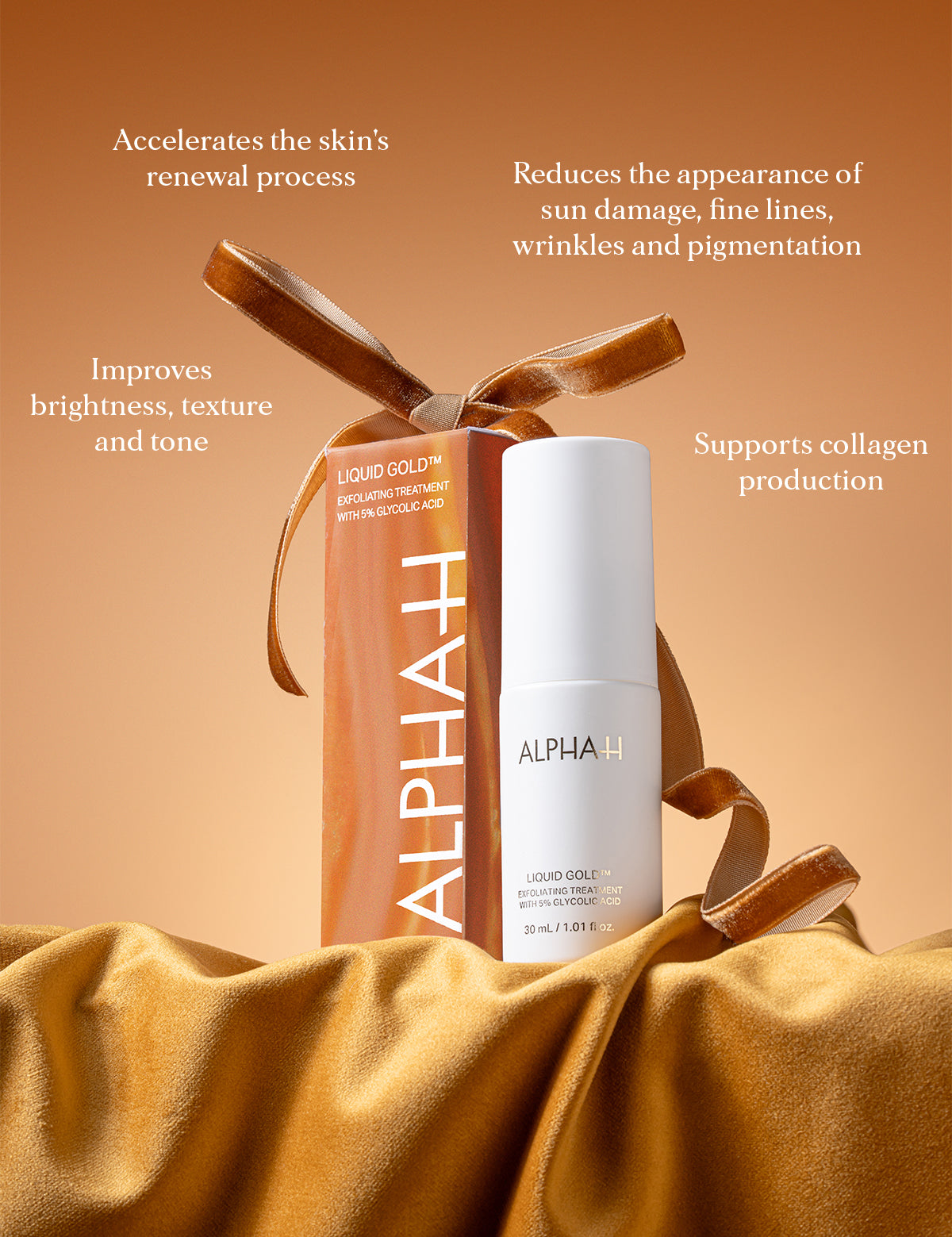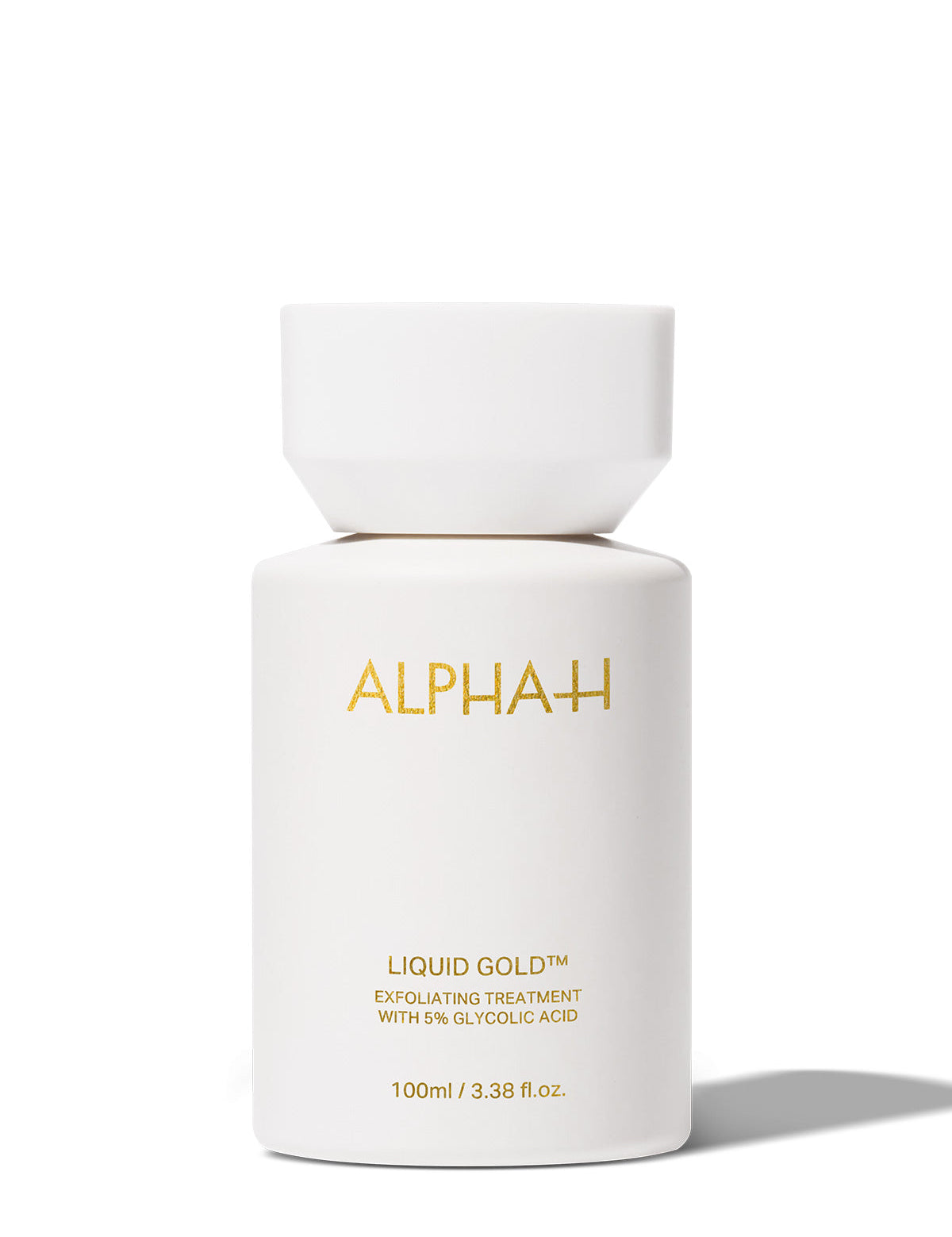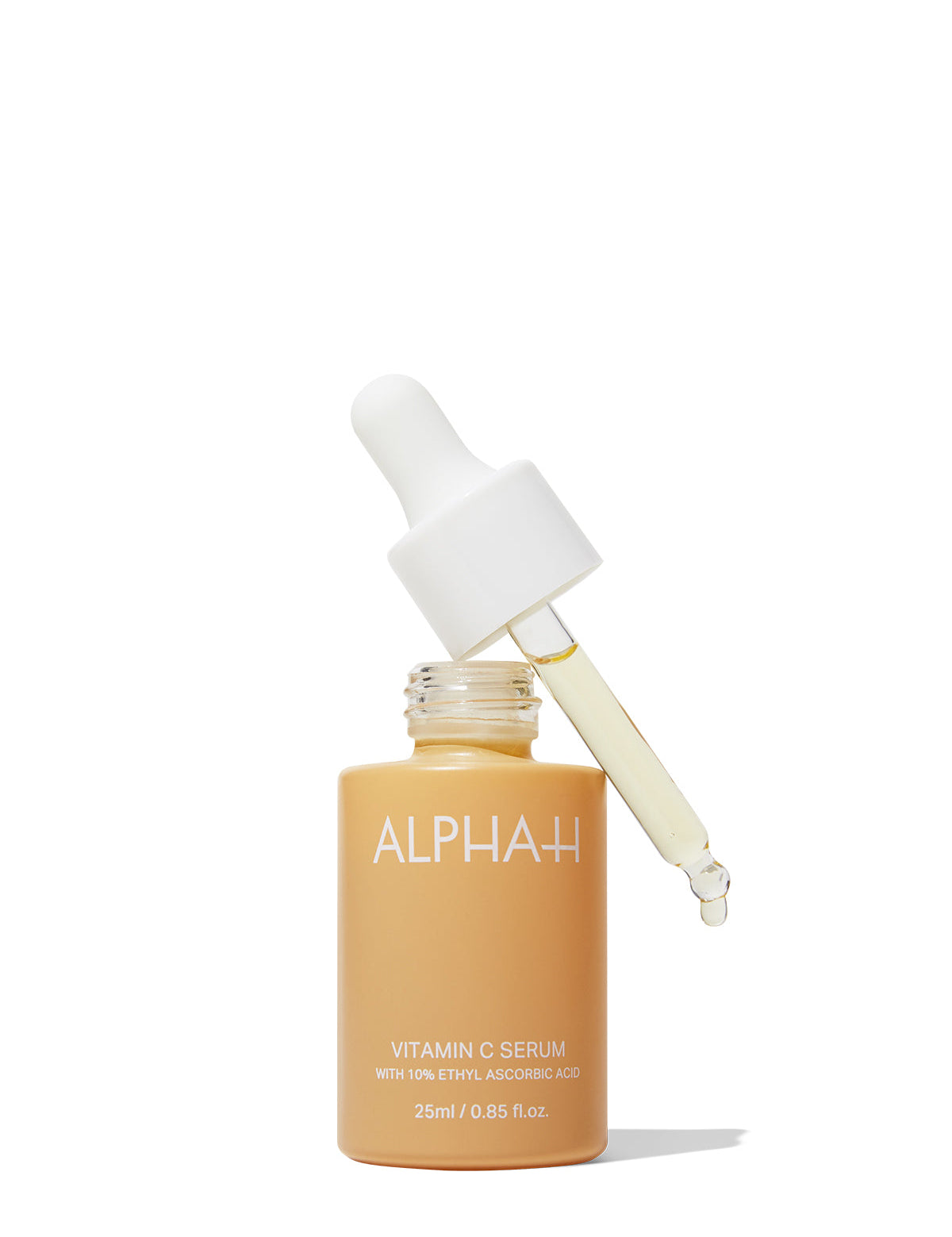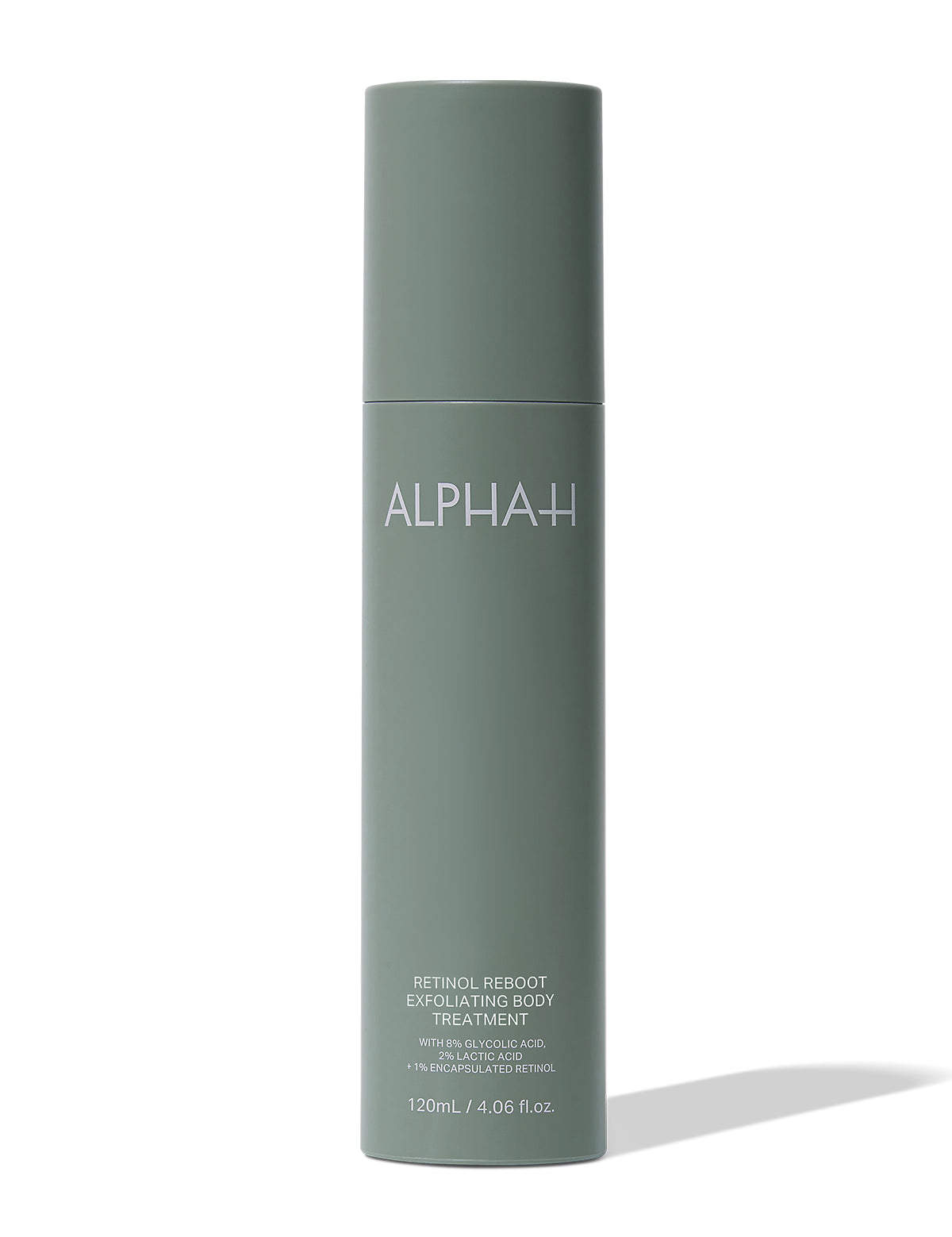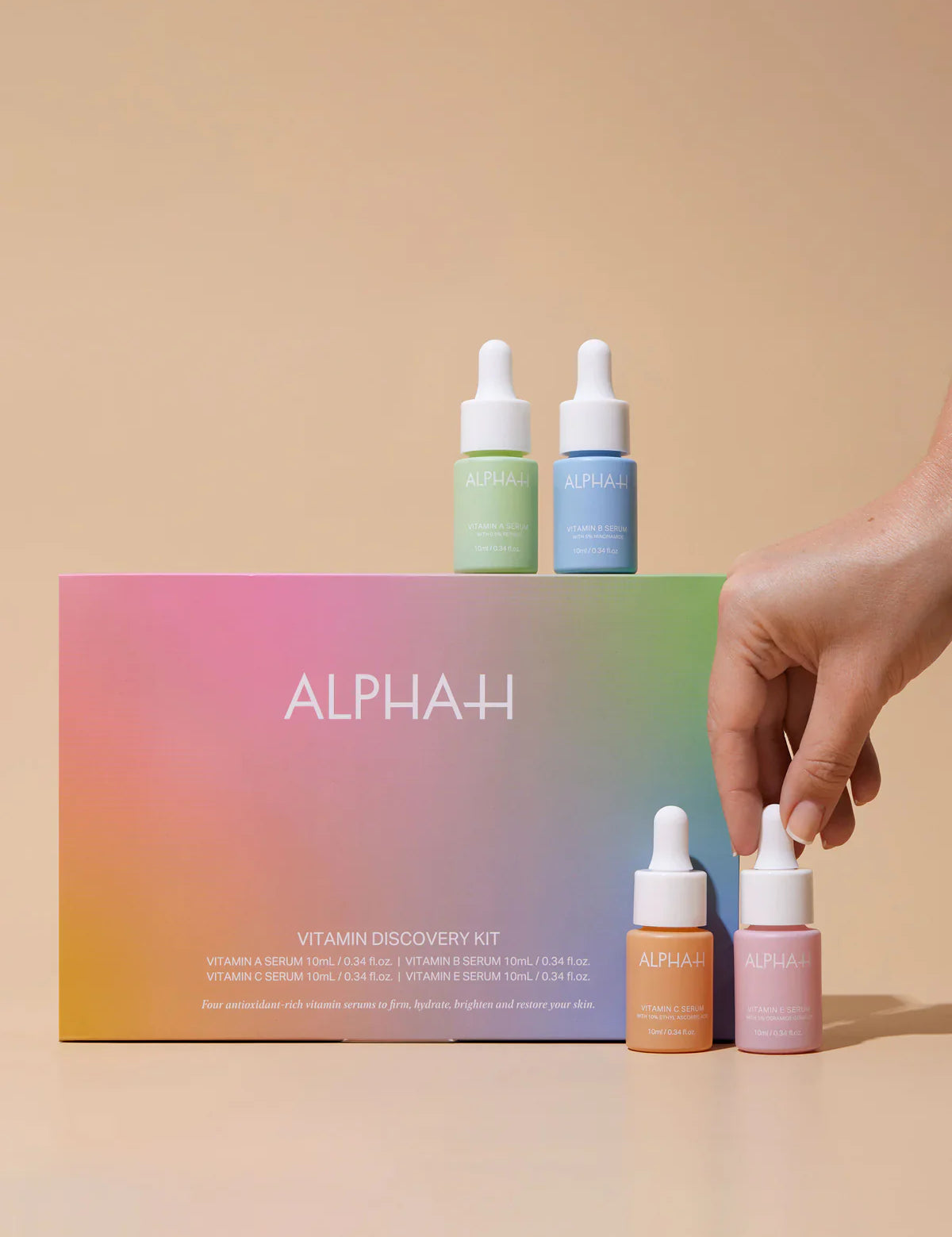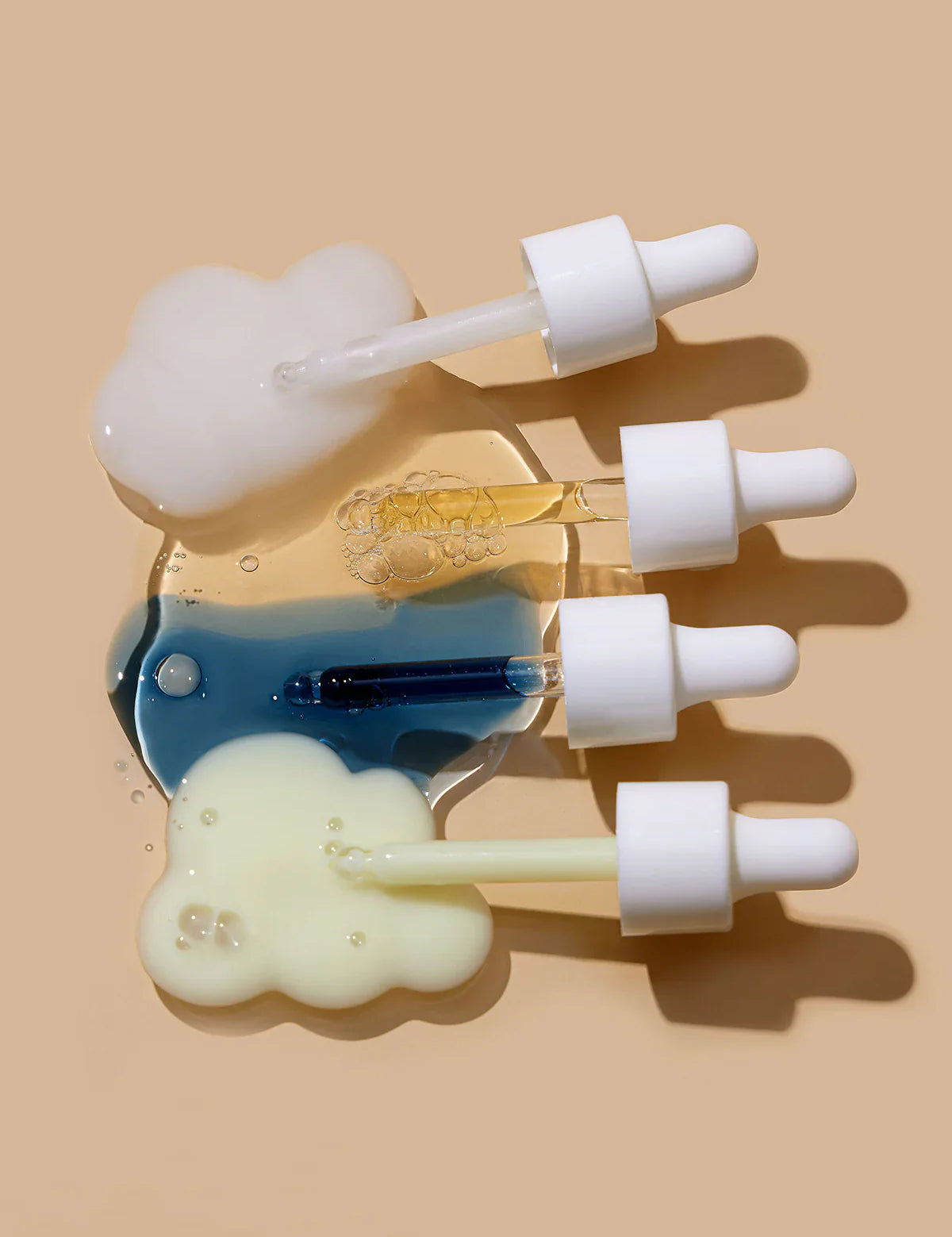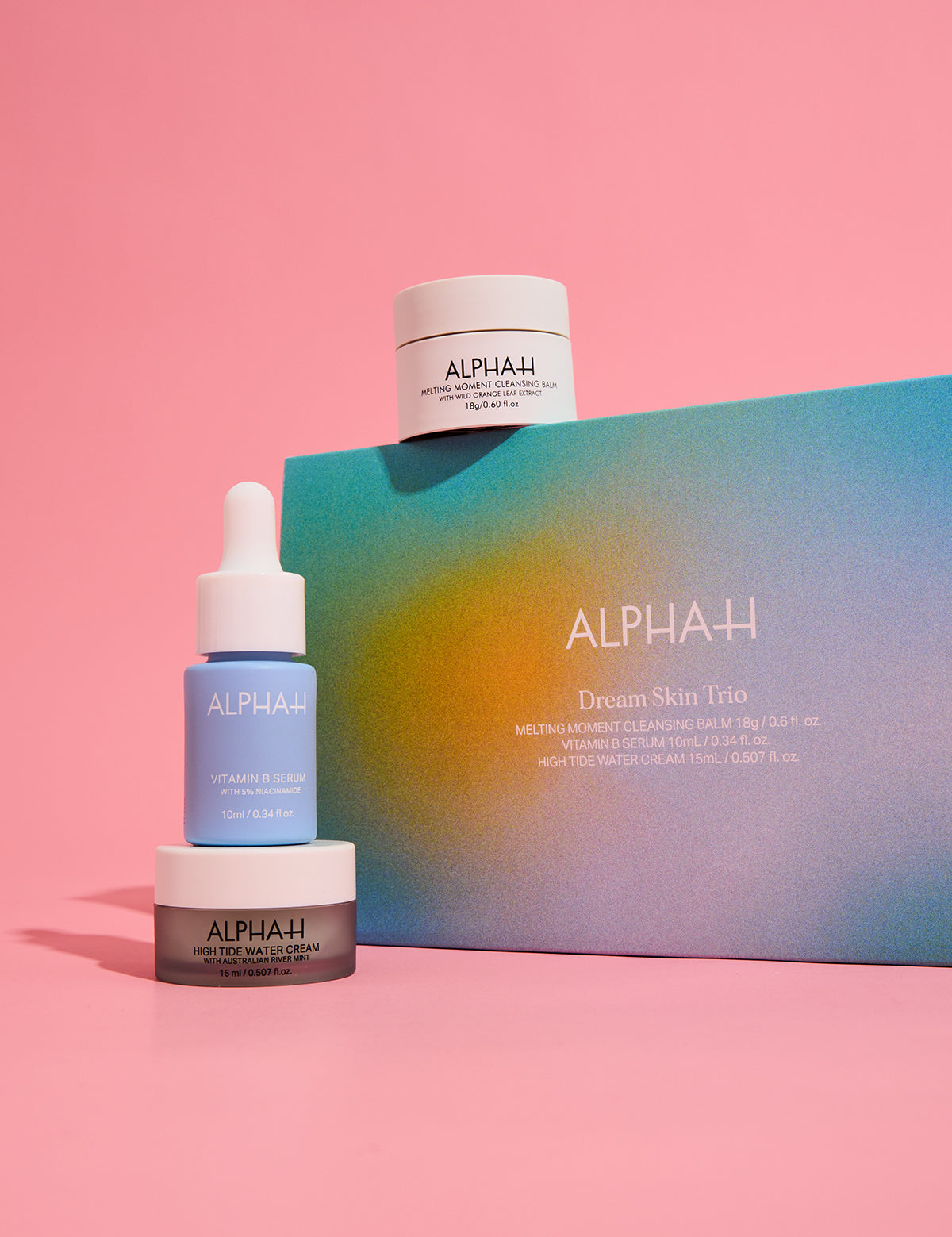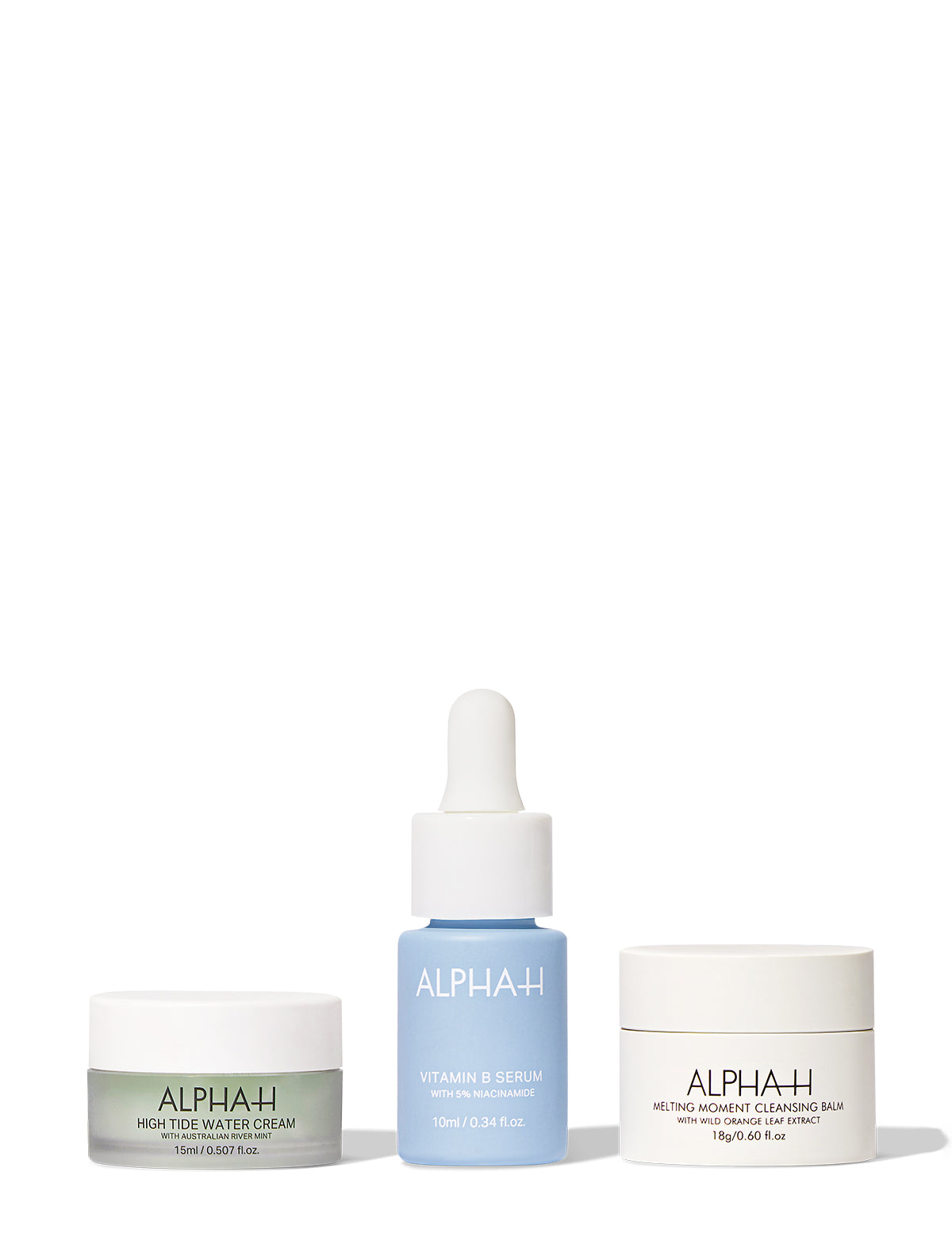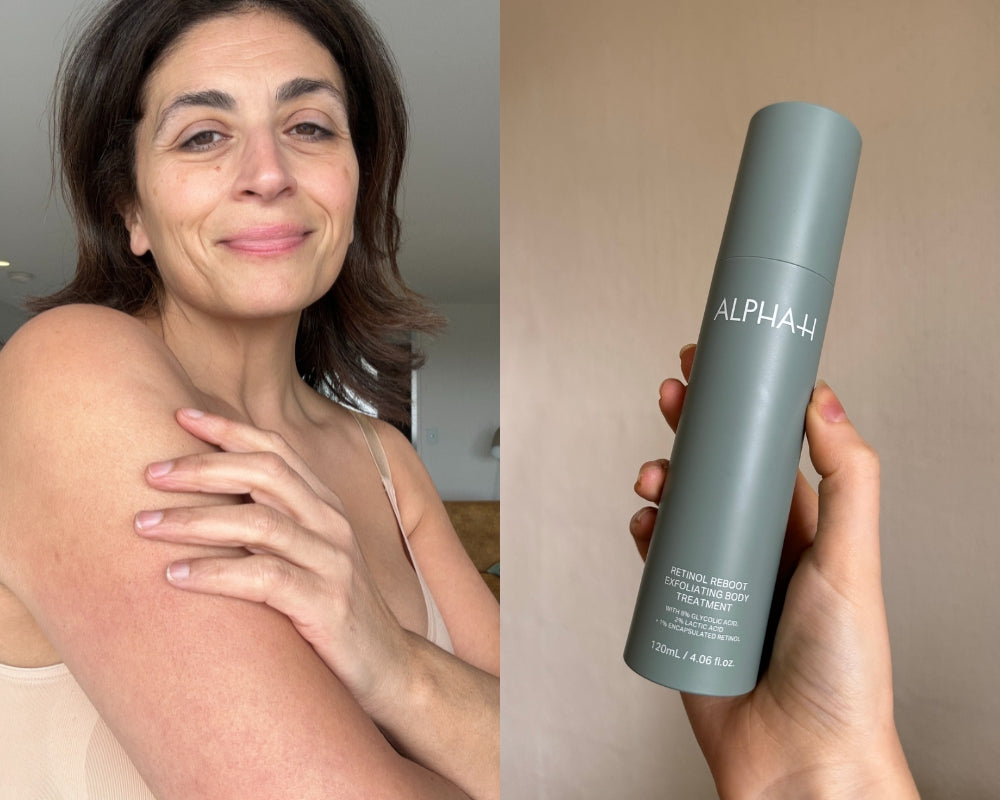The one thing you need to know before buying a Glycolic Acid exfoliant.
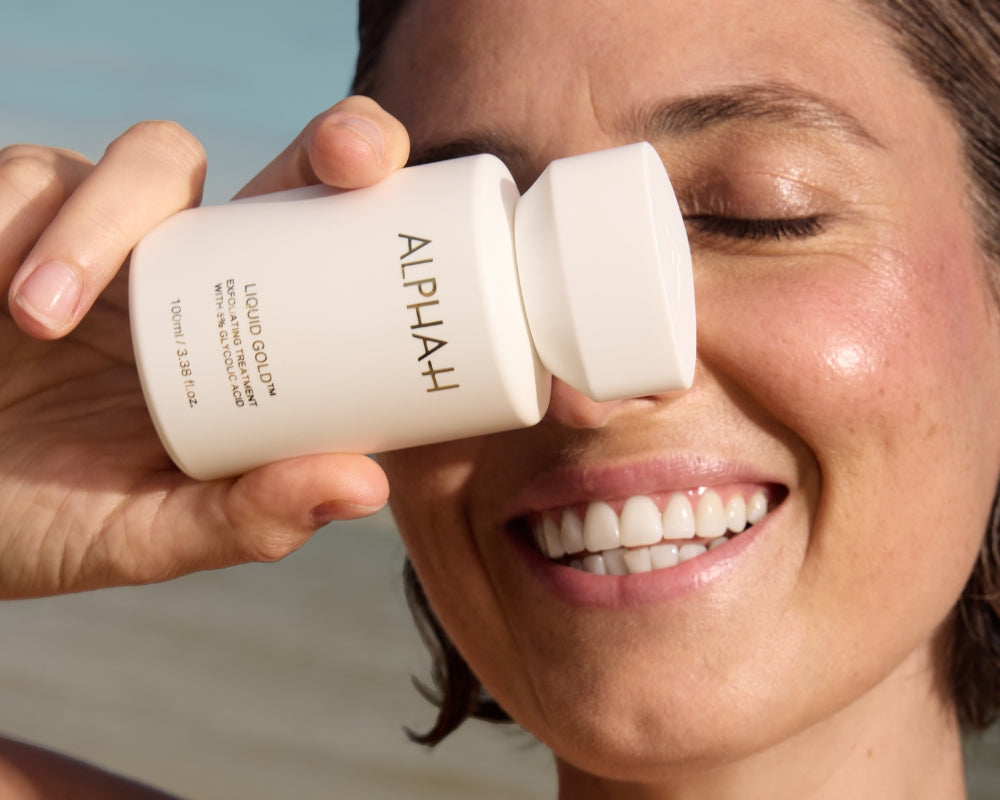
The higher the ingredient percentage on the front of the skincare bottle, the ‘stronger’ the product, right?
Wrong.
When it comes to exfoliants, concentration is only one part of the story.
Here's why your skincare's pH is just as important as having a high % on the front of the bottle.
pH in Glycolic Acid Skincare, Explained
You might be used to looking at the concentration (%) of Glycolic Acid in a product when comparing skincare.
It’s a common misconception, that a 10% Glycolic Acid product must be better than a 5% Glycolic Acid one.
One thing most consumers don’t know to look out for when buying products containing AHAs (alpha hydroxy acids) is the formula’s pH.
Dr Michelle Wong from Lab Muffin Beauty Science does a great job of explaining why pH matters for exfoliating skincare in her YouTube video here.
pH is a scale of measurement from 0 (extremely acidic) to 14 (extremely alkaline) that tells you how acidic or alkaline a product is. But why does pH matter?
AHAs like Glycolic Acid need to be in their most active form to penetrate the skin’s oily outer surface (the stratum corneum).
Put simply: The lower the pH, the more active the Glycolic Acid and the more effectively it can penetrate the skin.
Inside Liquid Gold’s Low-pH Formula

Our #1 best-selling Liquid Gold™ Exfoliating Treatment is a 5% Glycolic Acid exfoliant.
The Liquid Gold difference is its low-pH formula of 2.8-3.0.
This pH ensures the 5% Glycolic Acid in Liquid Gold’s formula can penetrate much deeper into the skin.
The low-pH delivery system is why you may feel a slight tingle on application – this means it’s working harder!
We call it the Liquid Gold ‘effect’: Feel it working in 3 seconds. Notice skin glow in 3 nights. See visible results in just 3 weeks.
How pH Affects Skin Health

Back to the pH scale – our skin’s natural pH is slightly acidic and tends to sit somewhere between 4.2-5.6.
For skin to be healthy and strong, your acid mantle (also known as your skin barrier) needs to maintain a slightly acidic balance of around pH 5.5.
The pH of your skincare products can impact your skin’s pH, thus impairing your skin barrier.
When skin skews towards an alkaline pH, it can become dry and show signs of premature ageing such as fine lines, wrinkles, and hyperpigmentation.
Too acidic, and skin can become inflamed and irritated, and inflammatory conditions such as eczema and acne can be exacerbated.
How to Balance Your Skin’s pH
The easiest way to do this is to pay attention to the pH levels in your skincare products.
Aside from treatments like Liquid Gold that are formulated at a low pH to safely cause a change in the skin, ensure you’re using pH-balanced products for your individual skin concern.
E.g. Many alkaline cleansers constantly strip the skin, disrupting the skin barrier and triggering all sorts of skin issues. Alpha-H cleansers are all pH balanced.
Finally, if your skin feels sensitive take a step back, pause your treatments and streamline your approach.
You can never go wrong sticking to a 3-step routine of a pH-balanced cleanser, moisturiser and daily SPF.
- Tags: all How-To Skin Science


